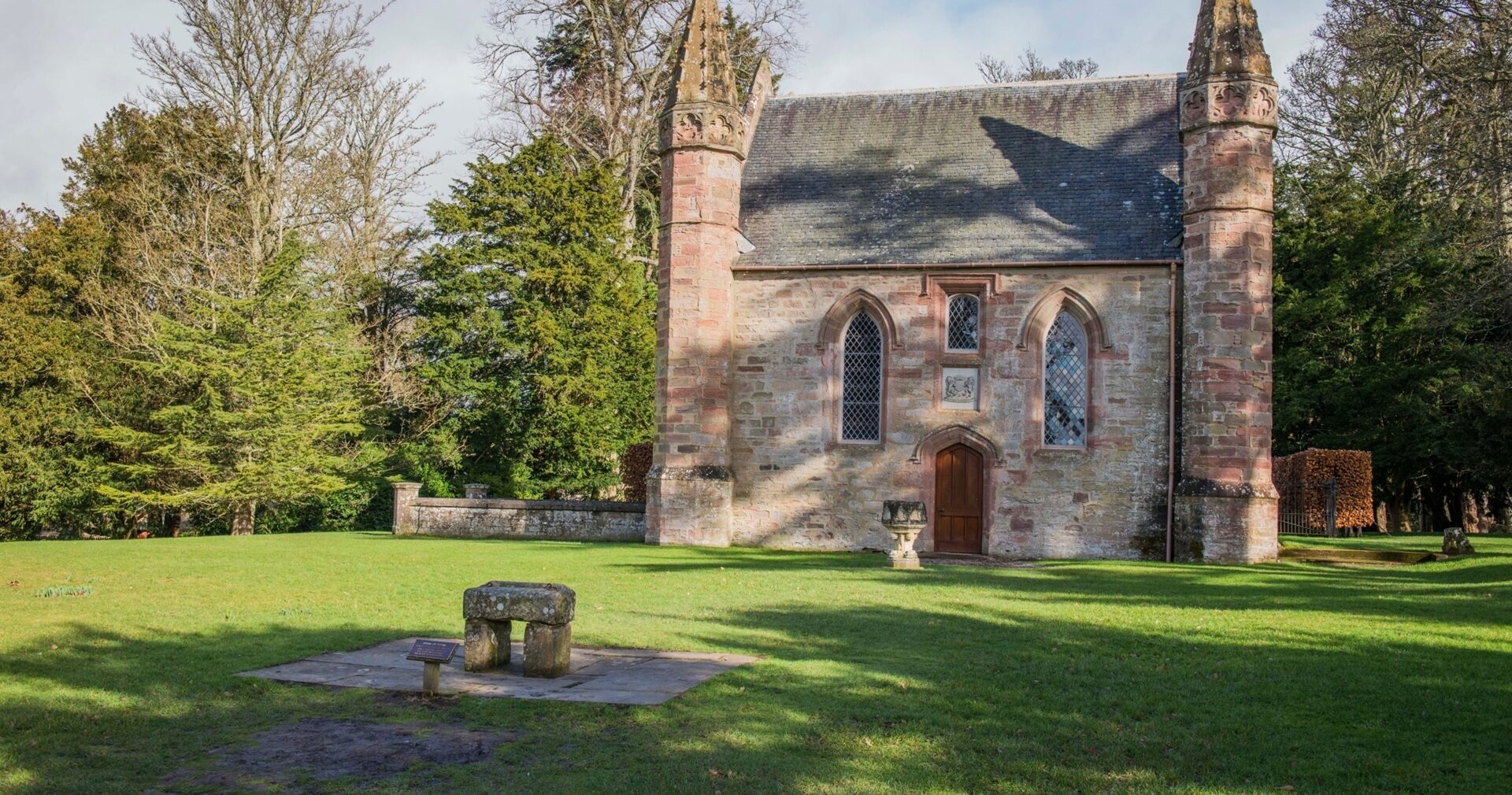The Stone of Destiny, also known as the Stone of Scone, stands as a symbol of ancient tradition, royal authority, and the enduring spirit of a nation. Its storied past is woven into the fabric of Scottish and British history, evoking tales of kings, conquests, and the struggle for independence. From its mysterious origins to its modern-day significance, the Stone of Destiny remains a captivating artefact that continues to intrigue scholars, historians, and visitors alike.
The origins of the Stone of Destiny are shrouded in myth and legend, adding to its mystique. Believed to have originated in Ireland, some accounts suggest that it was once used as a coronation stone for the ancient Celtic kings. Others propose that it was brought to Scotland by the legendary Gaelic king Fergus Mor, who established the kingdom of Dalriada in the 5th century. Despite the uncertainty surrounding its early history, the Stone's significance grew over time, becoming deeply intertwined with the Scottish monarchy and coronation rituals.
One of the most enduring traditions associated with the Stone of Destiny is its role in the coronation ceremonies of Scottish monarchs. For centuries, the Stone was kept at the Moot Hill in Scone, where kings would be crowned upon it, symbolizing their rightful authority to rule. This sacred tradition persisted until 1296 when King Edward I of England seized the Stone during his campaign to subdue Scotland.
For nearly seven centuries, the Stone of Destiny remained in England, serving as a powerful symbol of English dominance over Scotland. It was housed in Westminster Abbey and used in the coronation ceremonies of English and later British monarchs. Its presence in London became a source of resentment and defiance for Scottish nationalists, who viewed its removal as a symbol of Scotland's subjugation.
The Stone's history took a dramatic turn in 1950 when a group of Scottish nationalists, led by Ian Hamilton, orchestrated a daring heist to reclaim the Stone from Westminster Abbey. In a bold act of patriotism, they managed to remove the Stone and transport it back to Scotland, where it was hidden and kept out of sight. The audacious theft captured the public's imagination and reignited Scottish pride, sparking a nationwide search for the Stone's whereabouts.
After several months of secrecy and intrigue, the Stone of Destiny was eventually recovered by authorities and returned to Westminster Abbey. Its brief absence had ignited a sense of fervor and nationalistic sentiment in Scotland, galvanizing support for greater autonomy and self-determination.
In 1996, following years of debate and negotiation, the Stone of Destiny was finally returned to Scotland, marking a symbolic moment in the nation's history.
The Stone of Destiny holds a special place in the hearts and minds of Scots, embodying their resilience, pride, and sense of independence. Its rough-hewn surface bears the scars of centuries past, a testament to the trials and tribulations endured by the Scottish people. Visitors from around the world flock to Edinburgh Castle to catch a glimpse of this legendary artifact, eager to connect with Scotland's rich history and cultural heritage.
Beyond its historical significance, the Stone of Destiny continues to inspire artists, writers, and filmmakers, who have immortalized its story in literature, poetry, and cinema. Its enigmatic presence serves as a reminder of the enduring power of symbols and the profound impact they can have on shaping national identity and collective memory.
As Scotland navigates the complexities of modernity and grapples with questions of sovereignty and independence, the Stone of Destiny remains a poignant reminder of the nation's past struggles and aspirations for the future. Its legacy endures, a silent witness to the triumphs and tribulations of a proud and resilient people.
The Stone of Destiny stands as a testament to the enduring spirit of Scotland and its people. From its mysterious origins to its modern-day significance, the Stone continues to captivate the imagination and inspire awe and reverence. As long as it remains on display in the Perth Museum, the Stone of Destiny will serve as a powerful symbol of Scottish identity, resilience, and determination.
